What To Look Out For - February 2019
February Flirts
I can’t write about wildlife in February and ignore Valentines Day. The tradition of celebrating love in the middle of what can be a chilly and rainy month with few signs of spring may seem odd, but for many birds this is the best time to get it on! As day length extends and the first buds emerge on hardy trees such as willow and blackthorn lots of our favourite birds get that loved up feeling.
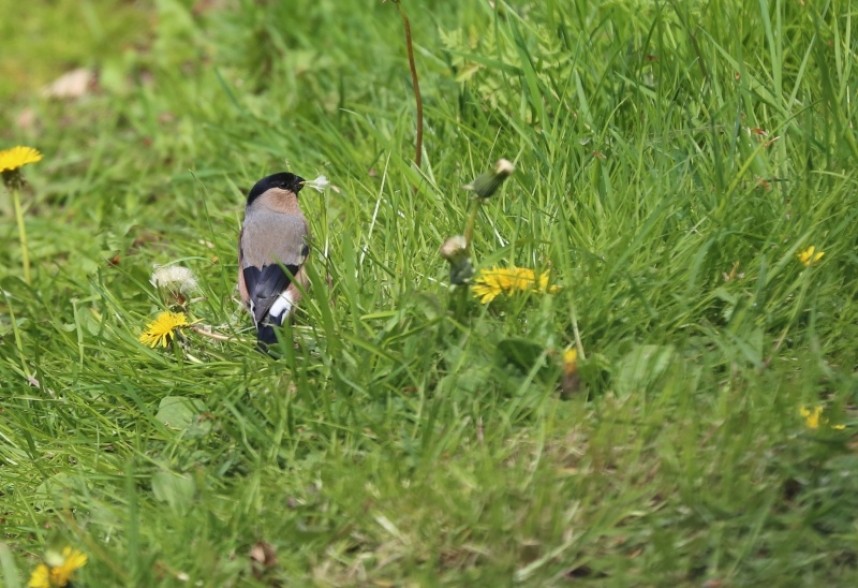
Female Bullfinch © Richard Baines
Male bullfinches really shine at this time of year. Explosions of shocking pink on dowdy twigs. Females are a beautiful mix of soft purple and grey. Like many other woodland birds, they like to travel together either in small groups or larger flocks, especially in winter. Sticking together means more eyes on the look out for food or danger.
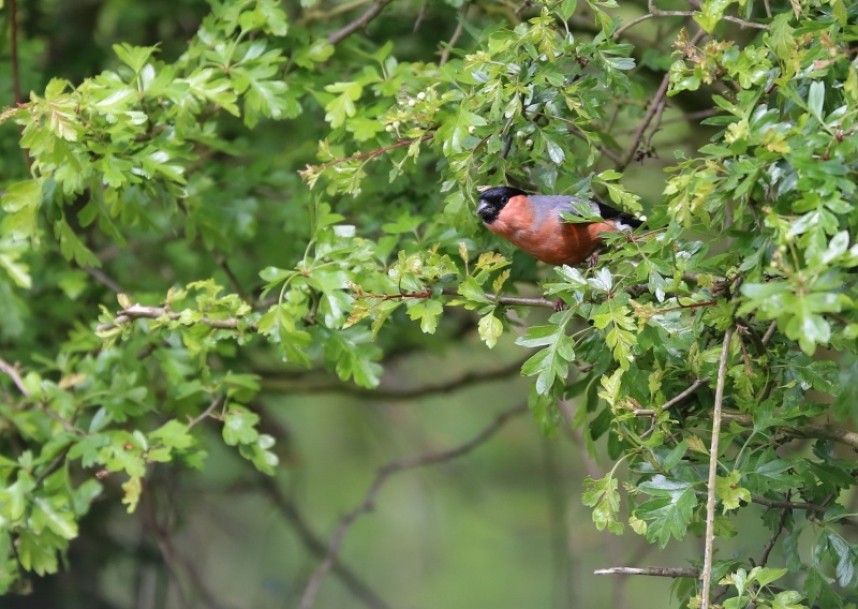
Male Bullfinch © Richard Baines
Bullfinches take this community strategy to another level by trying to stay faithful, sticking together in their breeding pairs throughout the winter. A recent study in Norway confirmed the long-held theory that these wonderful birds are indeed monogamous. Being together throughout the winter means it’s easier to breed earlier in the spring, taking less energy to find a new partner. Look out for small flocks of Bullfinches in your garden or scrubby woodlands and listen for their plaintive one note call or subtle song.
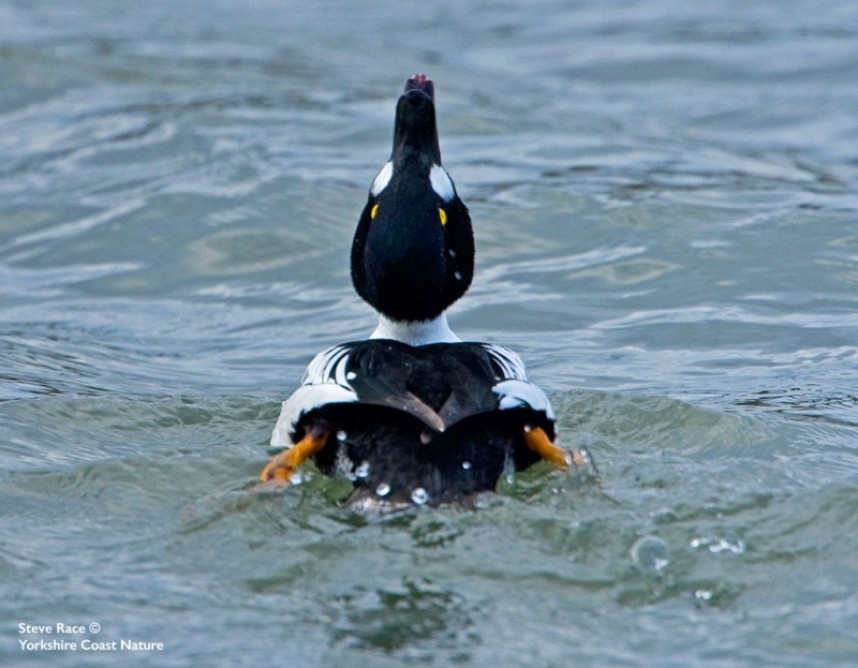
Male Goldeneye © Steve Race
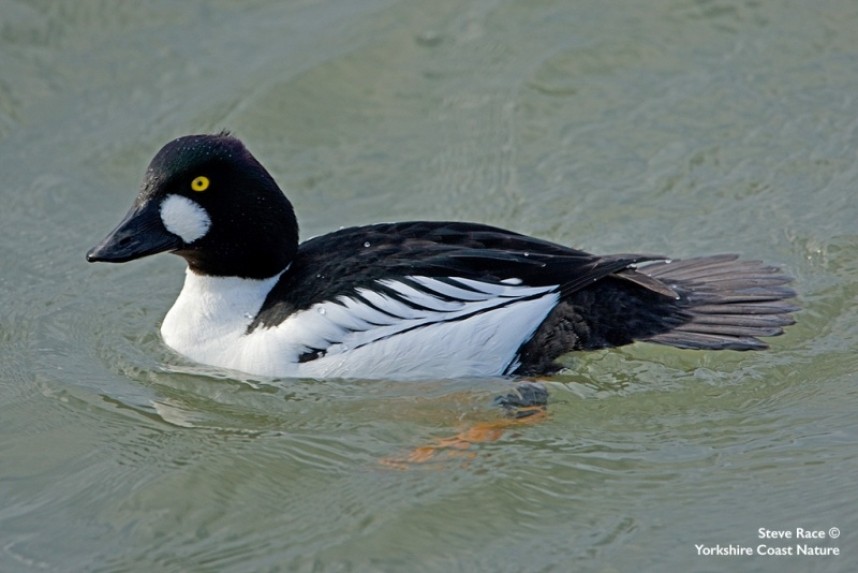
Male Goldeneye © Steve Race
Whilst bullfinches are busy being furtive in the woods, goldeneye are flaunting their wares on the water. February is a great month to watch these wonderful ducks. Everything was kicking off early at Hornsea Mere last week. I watched a group of male goldeneyes toss their heads back in glorious abandon, all pumped up with the joy of life. Goldeneye like many other waterfowl couple up on their wintering grounds before flying away together, back to their breeding areas in the forests of northern Europe. The males are a dashing sight; black and white on steel grey water, sunshine on bottle green heads and a piercing yellow eye.
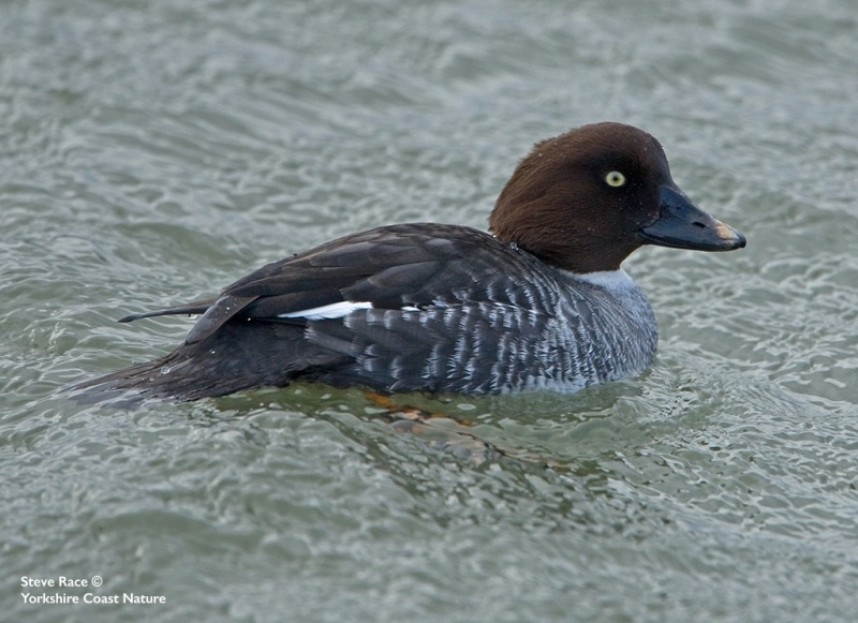
Female Goldeneye © Steve Race
North Yorkshire Turtle Dove Project News
Whilst bullfinches and goldeneyes are swooning in frosty Yorkshire, our loved up turtle doves are soaking up the sun in central Africa. In April they will fly over 5,000 km back to England to breed. Since its inception only three years ago the North Yorkshire Turtle Dove Project has been working with volunteers to survey these beautiful birds, in an effort to discover where the most important areas are for nesting doves. 77 volunteers have carried out over 500 hours of surveys and found 68 singing turtle doves spread across our 1,000km² project area.
Our results are being used to target conservation efforts such as sowing be-spoke wild flower plots on farms. Our strategy of using the survey data to very quickly provide new habitat for these birds creates a great feeling of achievement. Many other types of wildlife such as butterflies and bees will benefit from more wild flowers.
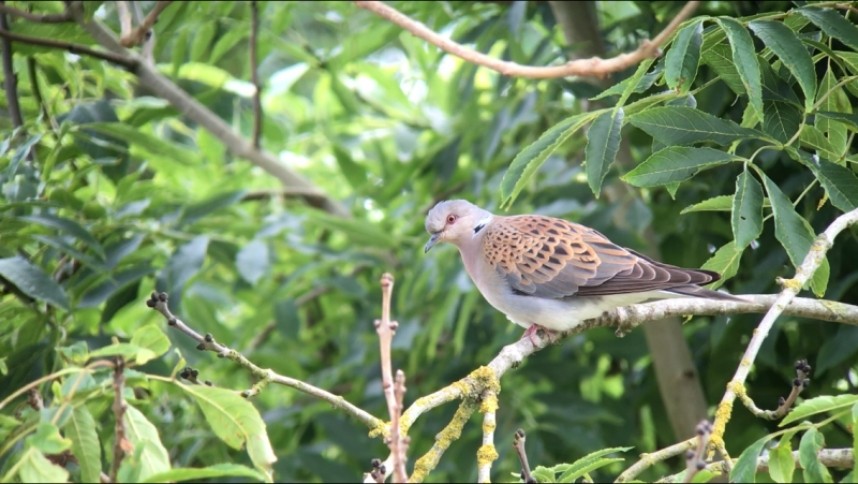
European Turtle Dove in North Yorkshire © Richard Baines
It is hard to believe that these iconic birds could become extinct, their numbers in England and Europe are dangerously low. If we are to have any chance of saving them, we need to create better and more habitat so when they reach us, they can breed more successfully.
If you are a keen birdwatcher and interested in getting involved in our surveys, we have two meetings in the spring prior to the surveys starting. To find out more please email conservation@northyorkmoors.org.uk
Richard Baines
Yorkshire Coast Nature



 Back to Blog
Back to Blog
